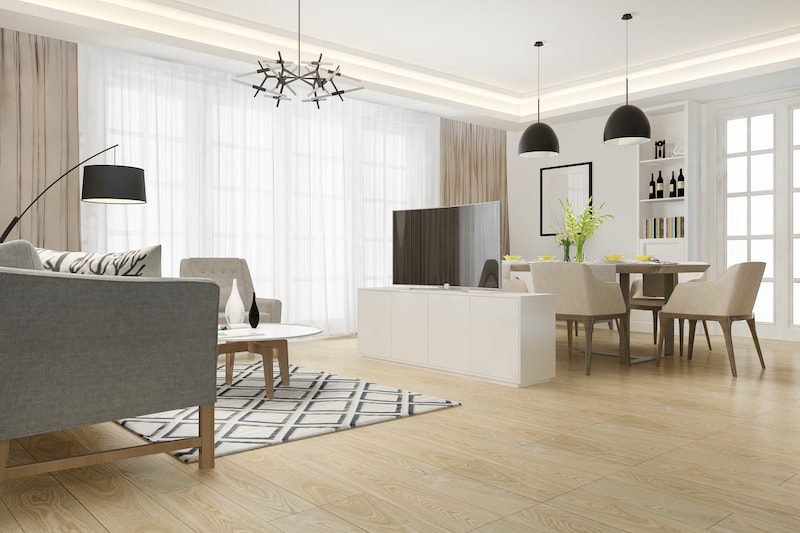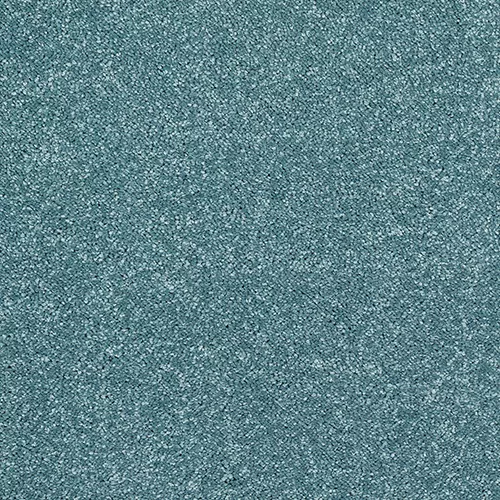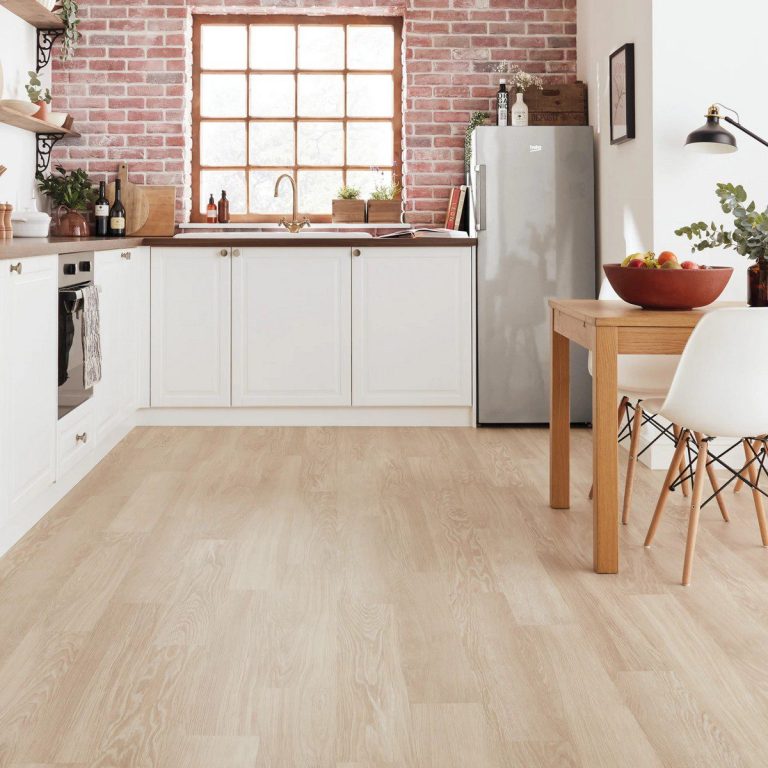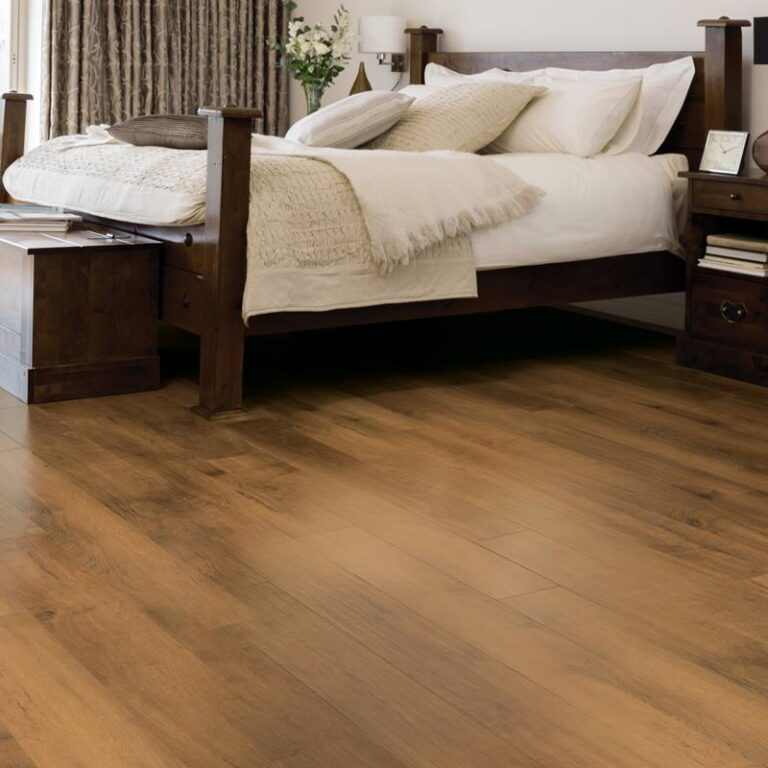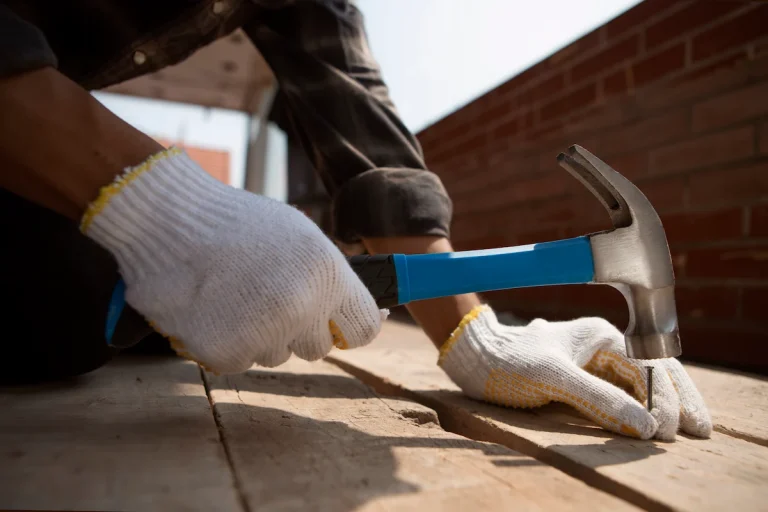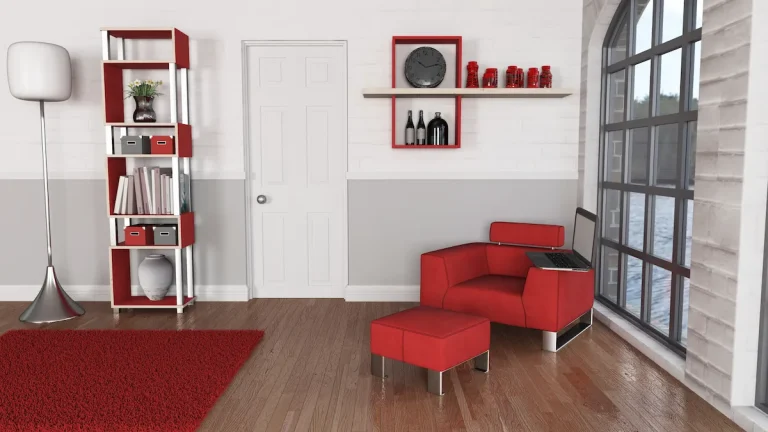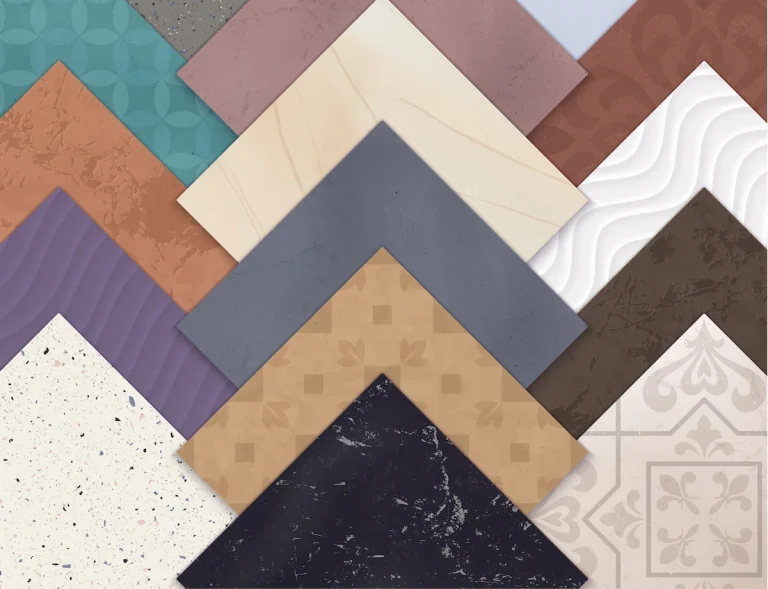When considering flooring options, durability emerges as a critical factor that can greatly influence both the functionality and aesthetic appeal of a home, especially in areas where resilient flooring is required.
Given the wide array of choices available, it is essential to comprehend what constitutes durable flooring, including materials such as solid hardwood and engineered wood, as well as the factors that should be taken into account to make an informed decision.
This article examines the most durable flooring options, ranging from porcelain tile to bamboo, and includes considerations for underfloor heating, while evaluating their respective advantages and disadvantages. Whether one is undertaking a renovation or constructing a new property, this guide aims to assist in selecting flooring that will endure over time with the help of expert advice.
Factors Should Be Considered When Choosing Durable Flooring
When selecting durable flooring, it is essential to consider various factors that significantly influence the longevity and functionality of the material in a given space, including the integration of moisture and scratch-resistant properties.
Key considerations include the anticipated foot traffic in high-traffic areas, the necessary level of moisture resistance, and the flooring’s resistance to scratches and stains. Furthermore, the durability of the flooring will impact installation decisions and ongoing maintenance requirements, while also ensuring that the selected option remains cost-effective over time.
a. Foot Traffic
Foot traffic is a crucial factor to consider when selecting durable flooring, as various flooring types differ significantly in their capacity to withstand daily wear in high-traffic areas. Whether one is contemplating solid hardwood or luxury vinyl, understanding the performance of each material under heavy foot traffic is essential for ensuring longevity and minimising maintenance over time.
For example, hardwood flooring, renowned for its classic aesthetic, typically withstands moderate foot traffic effectively but may exhibit scratches and dents over time; thus, considering engineered wood can be beneficial. In contrast, luxury vinyl offers exceptional resilience against heavy foot traffic, rendering it an ideal choice for environments such as commercial spaces or bustling households.
Each material presents unique maintenance requirements; hardwood may necessitate periodic refinishing to preserve its lustre, while luxury vinyl generally requires only regular sweeping and occasional mopping.
- Hardwood: Offers warm aesthetics but is susceptible to scratches.
- Luxury Vinyl: Durable, stain-resistant, and easy to maintain.
- Ceramic Tile: Excellent for high-moisture areas and extremely durable.
Ultimately, the selection of the appropriate flooring material depends on evaluating the specific foot traffic levels within the space, alongside the desired balance between aesthetic appeal and practical longevity.
b. Moisture and Water Resistance
Moisture and water resistance are essential considerations in selecting durable flooring, particularly in areas susceptible to spills and humidity, such as kitchens and bathrooms, where SPC flooring can be a suitable choice.
The selection of appropriate flooring is critical for ensuring both longevity and the maintenance of aesthetic appeal over time, while employing proper installation techniques. Flooring materials such as porcelain tiles, SPC flooring, and luxury vinyl are engineered to effectively manage moisture, thereby minimising the risk of damage and facilitating easier cleaning.
Each of these options requires specific installation practices that contribute to its durability, such as incorporating moisture barriers and ensuring correct underfloor heating setups. For example, proper sealing and the incorporation of moisture barriers are vital to prevent water infiltration.
To maintain the integrity of moisture-resistant surfaces, regular cleaning is advisable. It is important to use gentle cleaners that do not compromise the flooring finish, aiding in the overall maintenance and lifespan of the flooring. Additionally, addressing spills promptly is crucial to preserving the flooring’s integrity.
By implementing these recommendations, one can not only extend the beauty and functionality of the selected flooring but also significantly enhance its overall lifespan, ensuring that the investment remains valuable for years to come.
c. Scratch and Stain Resistance
Scratch and stain resistance are critical attributes of durable flooring, ensuring that the surface remains visually appealing and functional, particularly in high-traffic areas.
When evaluating new flooring options, it is essential to understand how these resistance features not only enhance functionality but also contribute to aesthetic appeal over time. For example, laminate flooring is equipped with a robust wear layer that protects against scratches, thereby preserving its initial beauty for years, even with significant use. Similarly, luxury vinyl tiles offer a resilient solution with a protective surface that resists stains, making them particularly suitable for households with pets or children.
Incorporating specific maintenance practices can further enhance these properties. Regular cleaning using appropriate products, avoiding abrasive tools, and implementing protective mats in entryways can significantly extend the longevity of these materials.
Here are several maintenance recommendations:
- Use pH-balanced cleaners specifically formulated for your flooring type.
- Promptly address spills to prevent staining.
- Consider using furniture pads to mitigate scratches caused by heavy objects.
Consequently, making informed decisions regarding flooring materials such as natural stone or ceramic tile not only protects their appearance but also extends their lifespan, thereby making flooring a valuable investment.
d. Durability in High-Traffic Areas
Durability in high-traffic areas is a primary concern when selecting flooring, as continuous use can lead to wear and deterioration over time, necessitating the use of resilient materials. Choosing the appropriate durable flooring materials, such as engineered wood or porcelain tiles, can significantly enhance the lifespan of the flooring while minimising maintenance requirements.
One essential factor to consider is how different materials perform in environments with particularly heavy foot traffic, such as commercial spaces, educational institutions, or busy households. For instance, porcelain tiles are recognised for their resilience; they excel in resisting scratches and stains, making them ideal for settings such as restaurants or retail shops where spills are common.
Conversely, engineered wood can also perform well in high-traffic areas, provided that proper installation techniques are employed, such as ensuring an adequate moisture barrier to maximise durability. Neglecting these critical aspects can result in complications such as warping or buckling, which can be costly to repair and diminish the aesthetic value of the flooring.
- Porcelain Tiles: Resistant to moisture and staining, making them suitable for high-traffic areas.
- Engineered Wood: Provides a warm aesthetic but requires meticulous installation to maintain its integrity.
Ultimately, the longevity of any flooring choice is significantly enhanced when homeowners or business owners invest in high-quality installation practices.
The Most Durable Flooring Options
When considering durable flooring solutions, several materials are recognised for their resilience and performance in diverse environments.
Options including porcelain tiles, vinyl flooring, laminate flooring, hardwood flooring, natural stone flooring, concrete flooring, and bamboo flooring each offer distinct advantages regarding durability, maintenance, and aesthetic appeal. These characteristics render them suitable choices for both residential and commercial applications.
1. Porcelain or Ceramic Tile in Home Design
Porcelain and ceramic tiles are recognised as some of the most durable flooring options available, distinguished by their exceptional moisture resistance and ease of maintenance. Their ability to withstand damp conditions and resist stains not only enhances the aesthetic appeal of various spaces but also contributes to a healthier living environment. Design experts often recommend these tiles for their versatility.
These tiles are particularly advantageous in moisture-rich areas such as bathrooms, kitchens, and utility rooms, where exposure to water is a common concern. Homeowners value the fact that these surfaces maintain their integrity even in high-traffic zones.
Key benefits include:
- A variety of styles and finishes
- Slip-resistant options
- Affordability
Porcelain and ceramic tile flooring provides numerous advantages, including exceptional moisture resistance and durability; however, it can be cold underfoot and may necessitate specialised installation techniques.
In terms of maintenance, it is advisable to perform regular sweeping and occasional mopping with a mild detergent to ensure optimal appearance. The incorporation of these tiles into diverse design aesthetics is seamless, whether one prefers a sleek modern look or a touch of rustic charm.
2. Vinyl Flooring
Vinyl flooring, particularly luxury vinyl, represents a highly durable option that integrates affordability with aesthetic versatility, making it suitable for various applications. Its straightforward installation process and minimal maintenance requirements have contributed to its popularity among both homeowners and design professionals.
This type of flooring is available in a wide range of designs, including planks and tiles, allowing for a customisable appearance that complements any interior theme. Its resilience to wear and tear, moisture, and scratches ensures longevity, positioning it as a prudent investment.
Consequently, factors related to maintenance and installation should be carefully considered in relation to the initial cost:
- Strengths: Affordable, easy to install, available in a wide range of styles.
- Weaknesses: Susceptible to wear, less eco-friendly options, can fade with prolonged sun exposure.
Homeowners recognise the cost-effectiveness of vinyl flooring, as it typically incurs lower upfront costs compared to other flooring materials while delivering impressive performance. Maintenance is uncomplicated, generally requiring only regular sweeping and occasional mopping to maintain pristine surfaces.
- Installation can be relatively simple, offering options for both do-it-yourself and professional setups, catering to both skilled and novice renovators.
- Its compatibility with radiant heating systems further enhances its appeal across various climates.
In summary, vinyl flooring provides an attractive and practical solution for enhancing both functionality and style in home design.
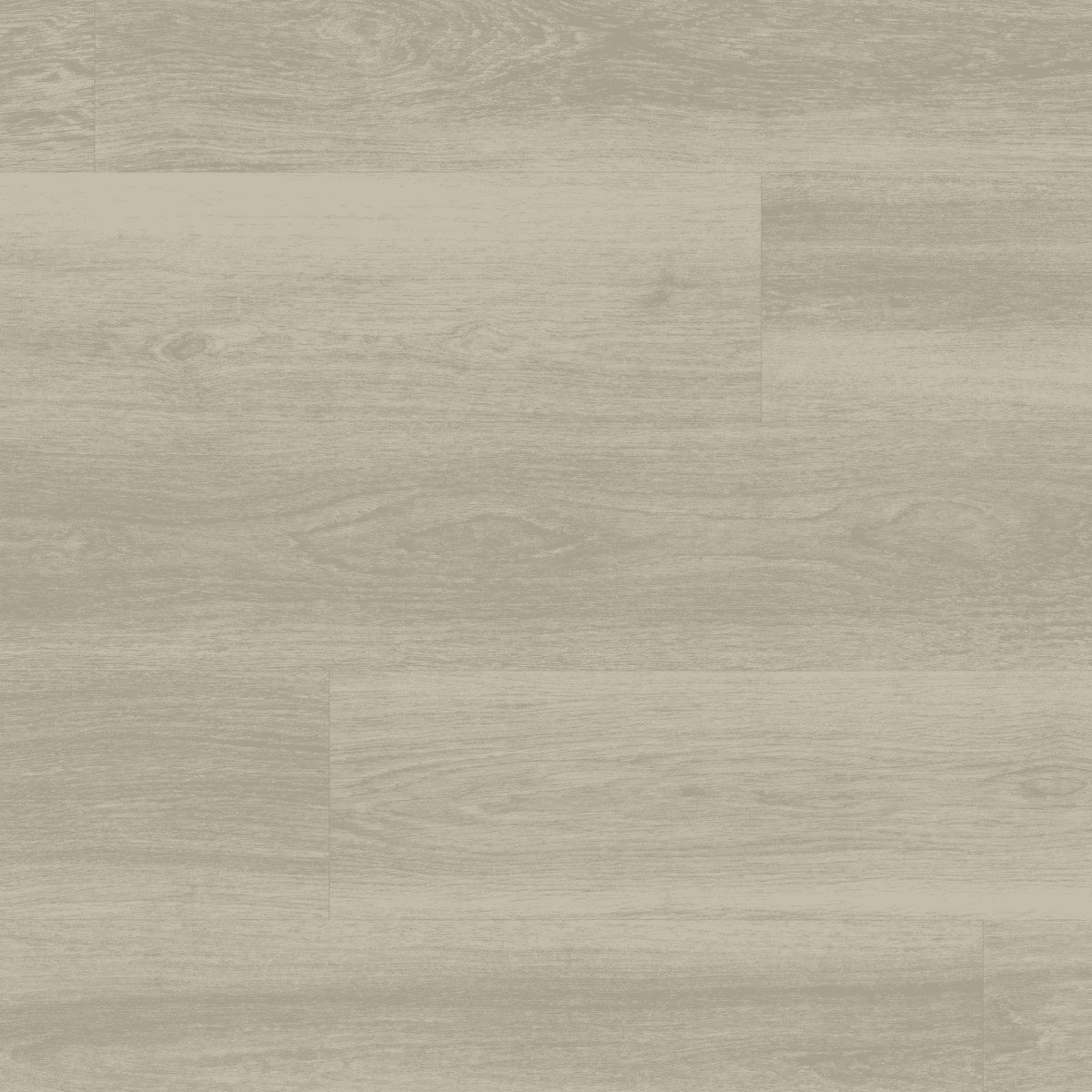

See product: Karndean Van Gogh Rigid Core Grey Brushed Oak
3. Laminate Flooring
Laminate flooring represents a cost-effective and durable flooring solution that provides significant scratch resistance and a wide array of styles, making it an appealing option for budget-conscious homeowners. Its layered construction ensures durability while facilitating ease of maintenance, particularly in high-traffic areas.
Along with its ability to withstand daily wear and tear, laminate flooring offers a variety of aesthetic choices, allowing individuals to find an ideal match for any home décor. While laminate flooring has many advantages, including affordability and ease of installation, it is essential to consider these benefits alongside some of its limitations.
Advantages:
- Highly resistant to scratches and dents, ensuring it retains its appearance over time.
- A cost-effective alternative compared to traditional hardwood or tile flooring.
- Simple maintenance requirements—regular sweeping or light cleaning is often sufficient.
Disadvantages:
- Less easily repairable than solid wood; once damaged, the affected plank typically requires replacement.
- Susceptible to moisture damage if not properly sealed.
- May not offer the same warmth and luxurious feel as genuine wood.
The installation process further enhances the appeal of laminate flooring, as it often lends itself to being a DIY-friendly project. Homeowners can benefit from a quick and straightforward installation experience, whether they choose a floating floor method or a glue-down technique to achieve their desired aesthetic.


See product: Elka 8mm V-Groove Pebble Oak
4. Hardwood Flooring
Hardwood flooring continues to be a preferred choice for durable flooring solutions, with options such as solid hardwood and engineered wood offering timeless aesthetic appeal and longevity.
When evaluating these flooring materials, it is essential to acknowledge the significant differences in their durability, maintenance requirements, and installation processes. Solid hardwood is recognised for its ability to endure heavy foot traffic, making it an excellent option for high-usage areas. In contrast, engineered wood is constructed with multiple layers that enhance its structural stability, providing greater resistance to moisture fluctuations.
Advantages:
- Longevity, with a lifespan of 30 years or more when properly maintained.
- A wide variety of styles and finishes available, accommodating diverse tastes.
- Potential to increase the overall value of a home, making it attractive to prospective buyers.
Disadvantages:
- Higher upfront costs compared to vinyl or laminate alternatives.
- Requires regular maintenance to preserve its aesthetic appeal.
- Susceptible to scratches, particularly in high-traffic areas.
Both flooring options offer remarkable visual appeal, yet they serve distinct lifestyle needs and preferences:
- Durability: Solid hardwood can endure for generations when properly maintained, whereas engineered wood typically has a slightly shorter lifespan but offers increased flexibility.
- Maintenance: Solid hardwood often requires periodic refinishing, while engineered wood generally necessitates less intensive maintenance.
- Installation: Engineered wood is typically easier to install, as it can be placed over existing flooring; solid hardwood, on the other hand, may involve a more labour-intensive installation process.
Ultimately, understanding these distinctions enables individuals to make more informed decisions, thereby enhancing the practicality and beauty of their living spaces.
5. Natural Stone Flooring
Natural stone flooring is highly regarded for its durability and unique aesthetics, offering a timeless appeal that enhances both interior and exterior spaces. Although it requires specific maintenance practices to uphold its integrity, stone flooring represents a robust option for homeowners seeking long-lasting solutions.
This flooring category encompasses various types, including granite, marble, limestone, and slate, each contributing its distinctive character and resilience. For instance, granite is noted for its exceptional resistance to scratches and heat, making it an ideal choice for high-traffic kitchens. Conversely, marble is distinguished by its luxurious veining and smooth finish, which elevates the elegance of any room, but it necessitates more rigorous care to prevent etching and staining.
- Durability: Natural stone possesses inherent strength; proper sealing is essential to protect against damage.
- Aesthetics: The diversity in colour and pattern provides opportunities for personalised design choices.
- Maintenance: Regular cleaning with pH-neutral solutions is crucial for preserving the stone’s beauty over time.
For installation, engaging a professional is advisable to ensure that the stone is laid correctly, thereby guaranteeing longevity and minimising the risk of damage associated with improper application.
Benefits:
- Longevity: Natural stone can endure for decades when properly maintained.
- Aesthetic Appeal: The unique patterns and colours of natural stone contribute timeless beauty to any environment.
Drawbacks:
- High Initial Costs: The expenses associated with materials and installation can be considerable.
- Maintenance Requirements: Regular sealing and the use of specific cleaning products are essential to prevent staining and damage.
A thorough evaluation of these factors can facilitate an informed decision that aligns with an individual’s lifestyle and financial circumstances.
6. Concrete Flooring
Concrete flooring is a highly durable option recognised for its strength and versatility, making it particularly suitable for high-traffic areas. With a wide range of finishes available, concrete can be customized to align with various design aesthetics while requiring relatively low maintenance compared to other flooring materials.
When considering concrete flooring, it is crucial to evaluate the benefits against the possible drawbacks. To summarise:
- Advantages: Durability, low maintenance, customisable aesthetics.
- Disadvantages: Cold underfoot, potential discomfort, installation complexity.
This resilient flooring choice not only endures the demands of daily use, but it also offers numerous advantages that can enhance any environment. One significant benefit is its ease of maintenance; concrete surfaces can be efficiently cleaned with minimal effort.
The diverse installation methods, such as pouring, stamping, or polishing, enable homeowners and designers to achieve distinctive appearances that align with their overall vision.
- For example, stamped concrete can mimic the appearance of natural stone or tile.
- Polished concrete offers a sleek, contemporary finish.
- Coloured concrete can be utilised to create vibrant and eye-catching designs.
With such a multitude of options available, it is unsurprising that an increasing number of individuals and businesses are choosing concrete as a stylish and practical flooring solution.
7. Bamboo Flooring
Bamboo flooring is an eco-friendly and durable choice that provides a unique aesthetic appeal along with sustainability, making it an increasingly favoured option among environmentally-conscious homeowners. With appropriate maintenance, bamboo flooring can endure for many years while imparting a warm and natural appearance to any environment.
Along with adding a touch of elegance and warmth, bamboo flooring supports sustainable practices by being derived from a rapidly renewable resource. Homeowners often value bamboo flooring for its durability, which is comparable to that of hardwood, enabling it to withstand high foot traffic while resisting scratches and dents. The inherent moisture-resistant properties of bamboo make it suitable for a variety of climate conditions, providing reassurance regarding its longevity.
- Sustainability: Bamboo can grow up to three feet in just 24 hours and matures within three to five years.
- Maintenance: Regular sweeping and occasional damp mopping are sufficient to maintain its appearance.
- Installation Tips: It is essential to ensure that a moisture barrier is placed on the subfloor before installation to prevent damage.
Given its aesthetic value, bamboo flooring pairs well with modern designs while also complementing traditional styles, thereby enhancing the overall charm of any living space. Additionally, its natural scratch resistant properties make it a practical choice for high-traffic areas.
Flooring should be both stylish and built to last. Whether you need scratch-resistant surfaces for pets, waterproof options for kitchens, or tough flooring for high-traffic areas, durability is key to a long-lasting and low-maintenance space.
At TEKA Flooring, we offer high-quality, durable flooring solutions designed to withstand daily wear and tear while maintaining their beauty. With our expert fitting services, you can enjoy a seamless installation for a flawless finish.
Upgrade your floors with TEKA Flooring – where durability meets style. Reach us on Whatsapp today!
Read also:


























